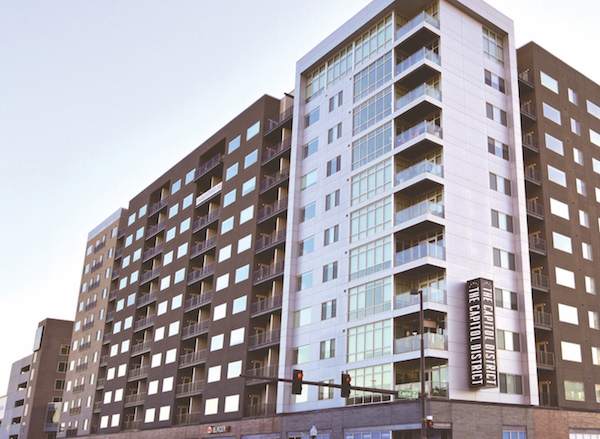While home builders hope that the largest population group since Baby Boomers someday will enter a life stage and have the financial wherewithal to buy a house, players in the multifamily arena are counting on Millennials to be renters for a long time.
RCLO Real Estate Advisors most recent Advisory looks at the historical relationship between recessions and rental housing and capital positions going back to the 1970s. With the exception of the recent Great Recession, during most economic downturns rental housing contracted moderately, rent declines were modest and short lived, and vacancies increased but by a limited amount.
Here’s what RCLO writes about Millennials:
Millennials, continue to have a lower homeownership rate at this point in their lives than earlier generations, positively impacting the rental housing market. While surveys show that 75% would like to become homeowners at some point, overall the growth in the homeownership rate is stagnant, and it is unlikely to return soon to the levels seen during the last housing boom.
Millennials entered the housing market in a period where student debt is greater, lending standards are more stringent, and new for-sale housing affordability is low. While some prefer to be renters, choosing that lifestyle, the fact that they came of age in one of the most difficult economic periods factors into their decisions for delaying marriage and family life, key triggers for home purchases. It is likely that more of the Millennial generation will remain renters longer than earlier generations, and some may not move over the for-sale side of the market for a long time.
If and when the next recession comes, it is likely to result in higher levels of unemployment and lower wage growth, which will impact the youngest and least experienced workers the greatest, potentially further slowing their transition to the for-sale market. While younger households continue renting at higher than historical rates, the aging of the population is increasing the proportion of households comprised of childless singles and couples, contributing to increases in the numbers of older renters as well.













